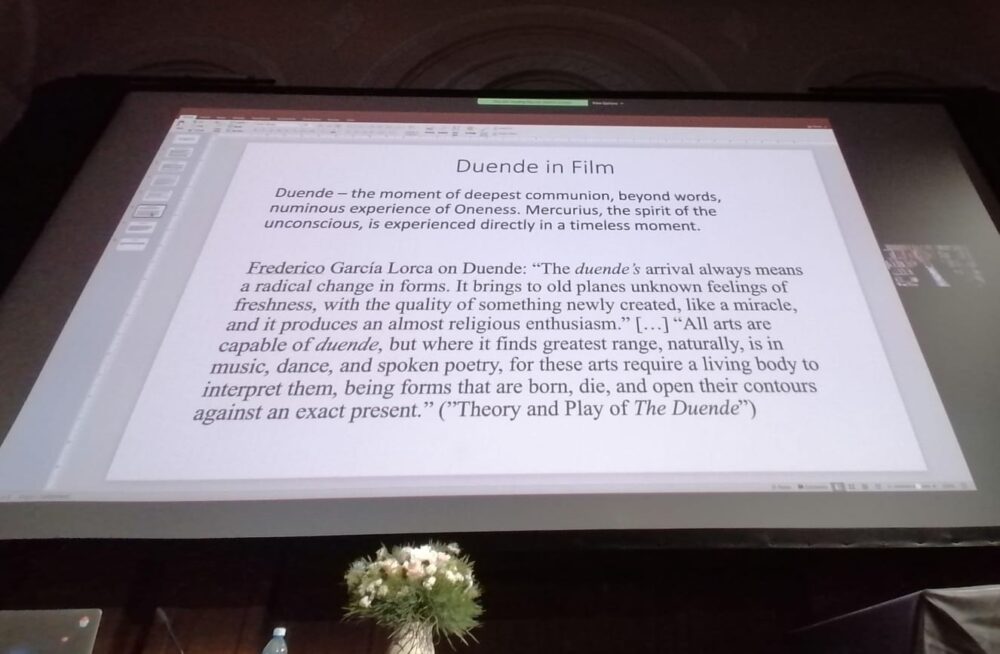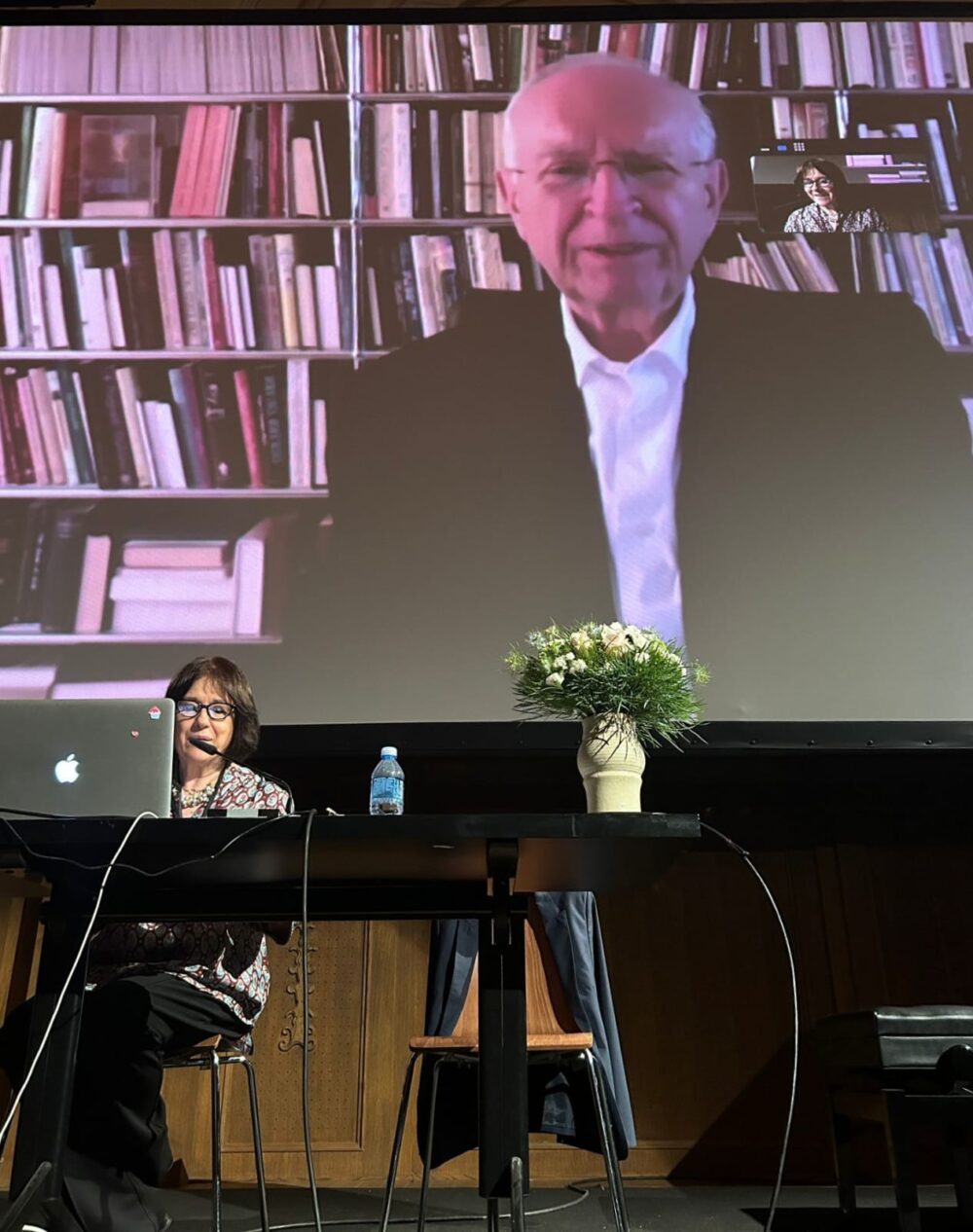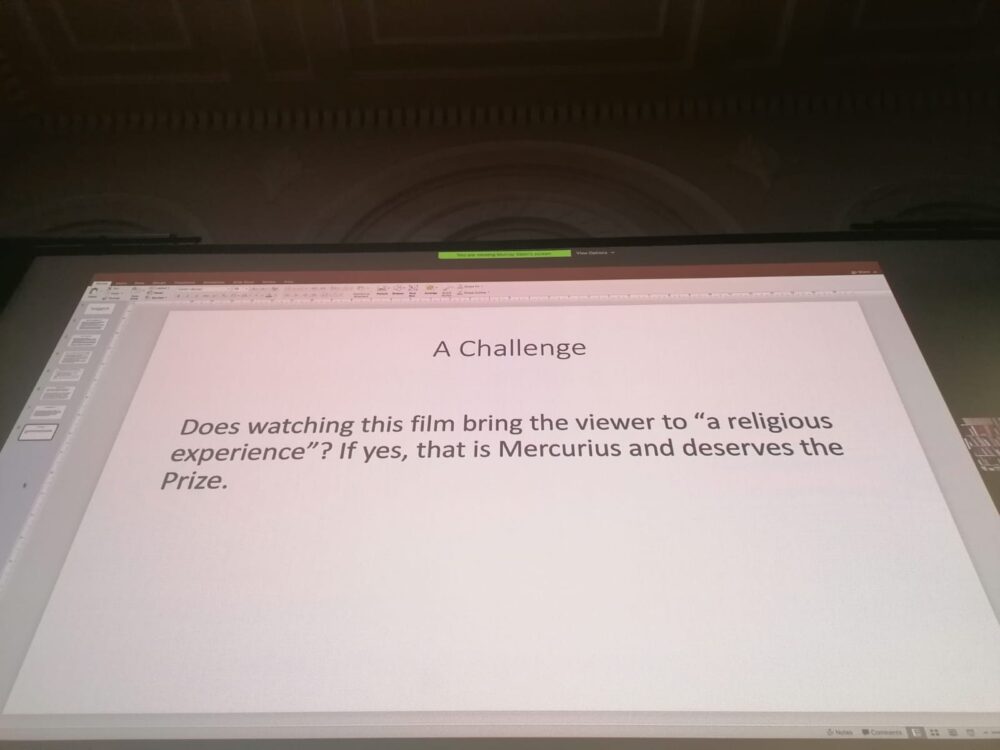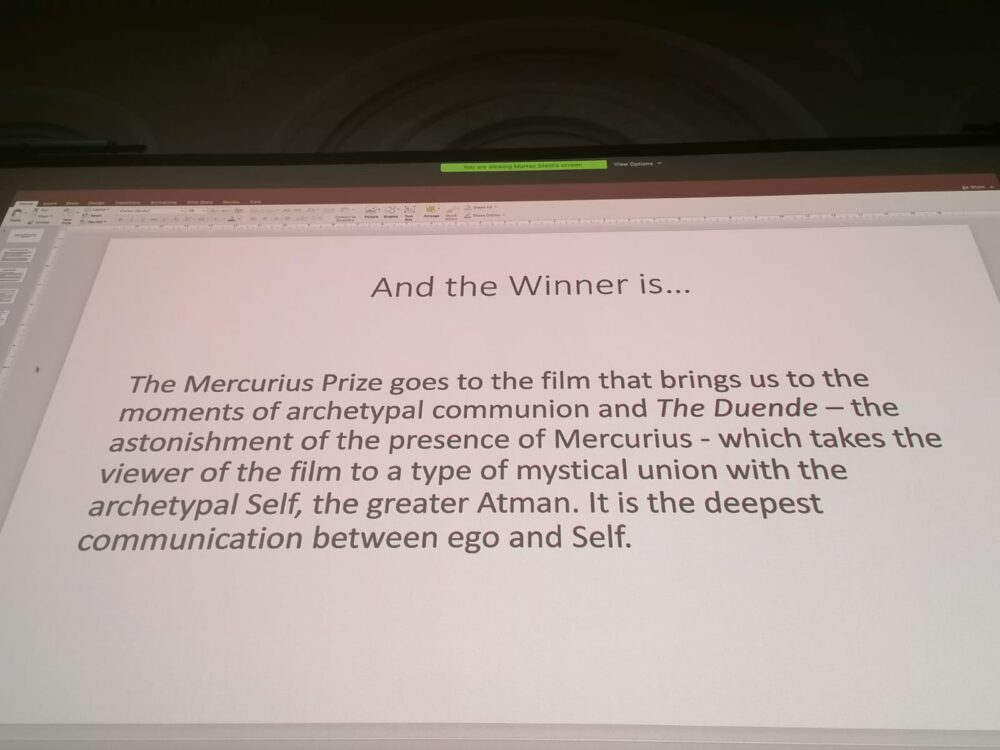Murray Stein speaks on Film and Analytical Psychology
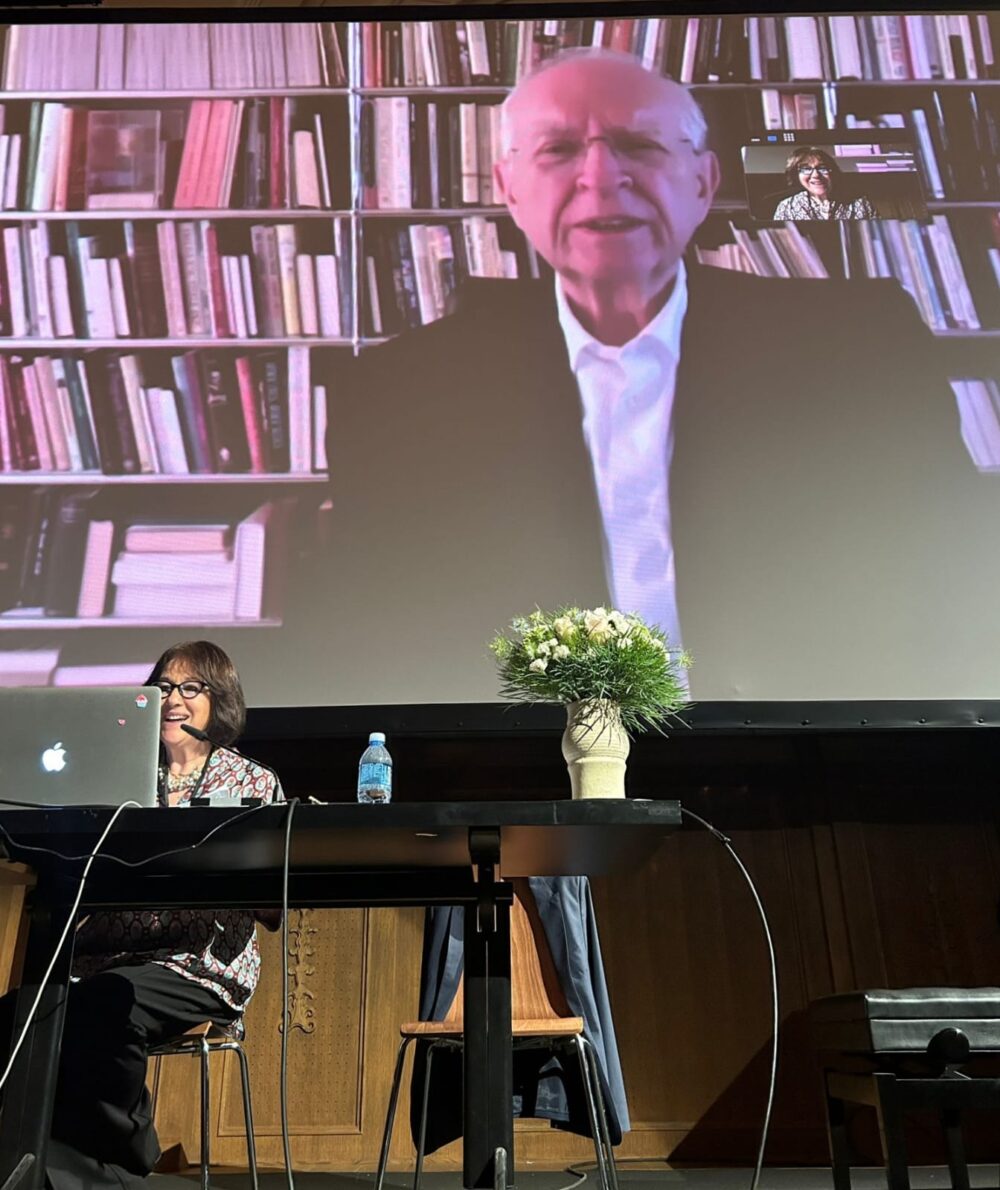
Your lecture talks about Film and Soul (Anima) of Modern Culture. To what extent can the archetypal references so deeply studied by Jung, speak to us today through the images of filmsand artistic representations in general?
MS: The basic themes in film – heroism, love and romance, good and evil, etc. – are archetypal themes that are also found in myth and fairy tales. These are expressions of archetypal factors operative in the human psyche. Because they are archetypal, they appeal to all people in all places and in all times. Films that are deeply grounded in archetypal image and story tend to become classics and are watched by people over generations.
In ancient mythology Mercurius represents the messenger with the world of the gods. Which message does Mercurius bring today in relation to that ‘beyond’ represented by human creativity, by the possibility of seeing through and beyond the concrete substance of things and events?
MS: Hermes/Mercury is the messenger god in Greek/Roman myth who brings messages from the gods to humans and guides souls of the dead to the afterlife. He is the medium for communication between the surface consciousness of life and the depths of the collective unconscious. This is Mercurius, the spirit of the unconscious that emerges in films that link the viewer to the deep places of the psyche. Mercurius creates soul-communion between film and viewer.
What are the reasons that led the committee to name the award linking cinema and analytical psychology after Mercurius?
MS: We were looking for a way to create a dialogue between Jungian depth psychology and the world of film and film-makers. It seemed to us that Mercurius would be a good symbol for this type of dialogue.
And, furthermore, how can they represent the contact with the Soul and the dialogue between the Anima/Soul and the Shadow in present times?
MS: This dialogue takes place through use of active imagination. When film is a product of genuine active imagination, it creates links among all part of the deep psyche, which includes of course the shadow and the anima.
And, again, how can they recount the contact between the Soul and the Shadow in today’s times?
MS: Film-makers who are in touch with the spirit of the times and are able to use active imagination to see beneath the surface of the phenomenal can link shadow and soul creatively and show the viewer of the film new possibilities for union of the opposites. This can lead to higher levels of conscious integration if the viewer is responsive to the symbols offered in film. The film becomes a link between conscious and unconscious, like dreams. There is a type of psychotherapy in this, healing the division between conscious and unconscious.

